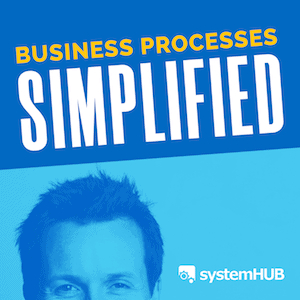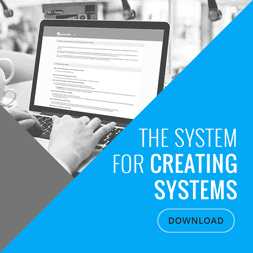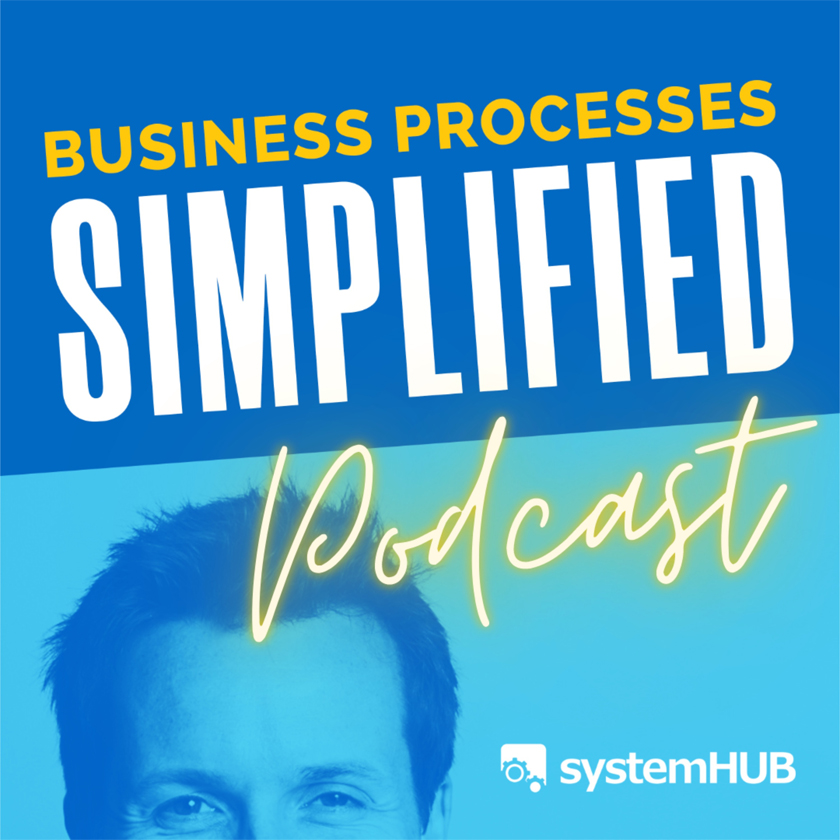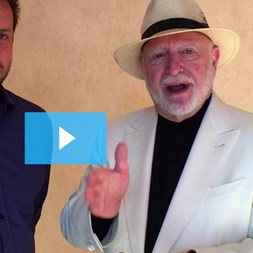PODCAST: S3:E8
Today’s Guest, Mark Reich
Mark Reich is a senior coach at the Lean Enterprise Institute and author of “Managing on Purpose.” He spent 23 years inside Toyota, including six years in Japan fully immersed in the Toyota Production System. For the past 15 years, he has helped global businesses implement lean transformations across construction, healthcare, and manufacturing industries.
Interview Takeaways:
1. The Foundation of Process Thinking
Every new Toyota employee, regardless of their role, spends their first three months building cars on the factory floor. This isn’t about manufacturing – it’s about understanding where value-creating work occurs and where customers actually pay for that value. This principle applies to any business: leaders must go to where the real work happens to understand the challenges and build credibility with their teams.
2. Culture is Demonstrated, Not Taught
Toyota’s culture isn’t an abstract concept – it’s based on actions people take. Leaders can’t just talk about process and continuous improvement; they must demonstrate the behaviors they expect from others. When leaders go to the frontline, understand the work, and solve real problems alongside their teams, it sets a visible example that others naturally mirror.
3. The Three Ways Lean Creates Business Value
Lean management principles can only deliver value in three ways: making people more productive, making operations more efficient, and making products and services more valuable. This simple framework helps leaders focus their improvement efforts on areas that will drive real results rather than getting distracted by tools and techniques.
4. Strategic Focus Through “Hoshin Kanri”
Based on Deming’s Plan-Do-Check-Act cycle, the Hoshin Kanri methodology forces organizations to focus on just 3-5 strategic priorities. Small organizations should focus on three things maximum. These should be things that matter to customers, impact the business, and affect people. This methodology brings functional silos together and builds alignment around direction.
5. Start Where You Can Get Wins
When implementing lean management principles, don’t try to convert everyone at once. Go where you can get a win – find supportive leaders and demonstrate the power of the approach. Quick wins that people can appreciate and that provide business benefits get leadership attention and create momentum for broader adoption.
6. Facts Separate Opinion from Reality
Before trying to change processes, get clear on the current state. Every organization has de facto standards – people do things consistently, they just haven’t written them down. Map the current reality, identify bottlenecks and problems, then focus improvement efforts on those specific areas rather than trying to optimize everything at once.
7. The 10-15% Rule for Change Resistance
In any transformation, expect 10-15% of people to resist change, usually from cultural reasons rather than logical ones. These are often top-down leaders accustomed to dictating rather than collaborating. Work around them initially, but eventually organizations may need to make tough decisions about who’s “on the bus” or not.
8. Building Organizational Stability
Leadership can change, but you want to build stability in the organization around how you interact with customers, what your products are, and how you provide them. Good process helps build this stability, which is especially critical for small companies that need to scale and train new people while maintaining consistency.
9. Real-World Impact: Construction Case Study
Mark shared how one of the largest construction companies in the US used Hoshin Kanri to focus on safety across their 100,000-person workforce. By requiring complete problem-solving within 48 hours of any safety incident, they created urgency around learning and reduced their recordable incident rate by 90% over five years, gaining support from unions and subcontractors.
10. Implementation Strategy for Small Businesses
Small organizations have advantages in flexibility and alignment, but still struggle with silos and prioritization. Start by identifying the 20% of activities that drive 80% of results, then use lean management principles to enhance those core activities while systematizing the rest. The key is building capability at the leadership level first, then cascading down.
Thank you for listening!
Thanks for joining us for this episode. Do you have any questions or feedback you'd like to share? We'd love to hear it! Let us know in the comments section below.
If you enjoy listening to this podcast, please share it on Facebook and leave an honest review on iTunes. We'd love to know what you think.
Remember - the next system we share could be just the one you been looking for, so subscribe on iTunes so you can get the latest episodes as soon as they’re published.

About The Show
Business Processes Simplified
We interview industry experts and have them share their best small business systems and processes. This is the quickest, easiest and most efficient way to build a systems centered business.













